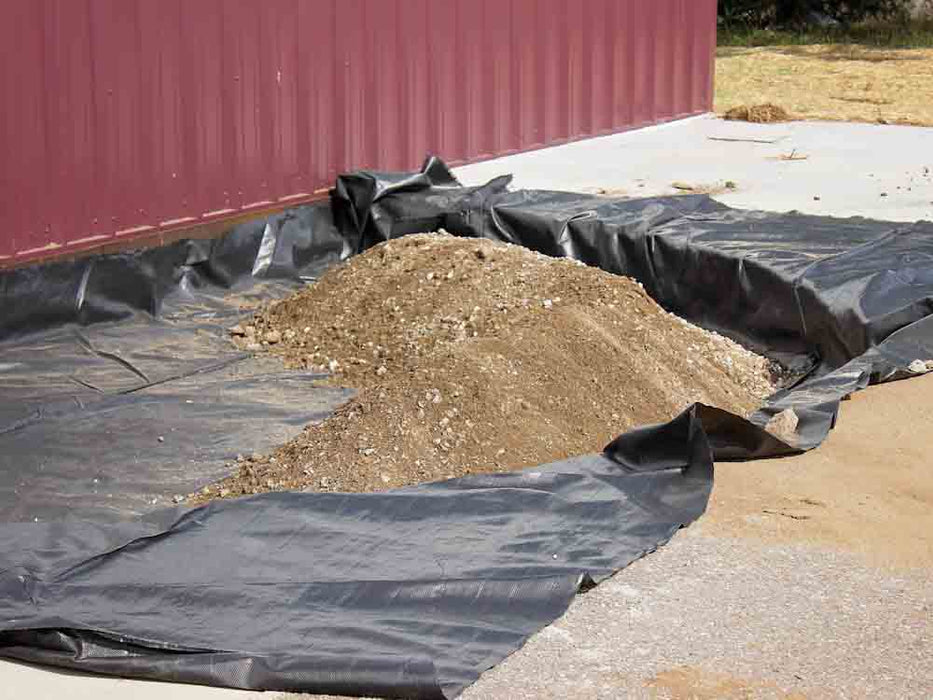Driveway Cloth
FREE SHIPPING
Our Driveway Cloth is made from 100% Polypropylene. It is made to resist ultraviolet light deterioration, and is inert to commonly encountered soil chemicals. The fabric will not rot or mildew, is non-biodegradable, and is resistant to damage from insects and rodents. It is an excellent solution to provide separation and stability for a gravel road or driveway. It will reduce gravel migration and provide protection against rutting. This reduces maintenance and repairs. When you use our woven stabilization fabric you can also use up to 30% less rock for your base.
Our fabrics are available in a variety of widths and lengths the shortest roll being 27’ and the longest 432’ with widths that vary from 12.5’ to 17.5’ there is a roll size that will meet your project needs.
Stocked in 4 locations throughout the country for faster shipping.
Looking for landscape staples? Click here>
Staples are sold separately.









